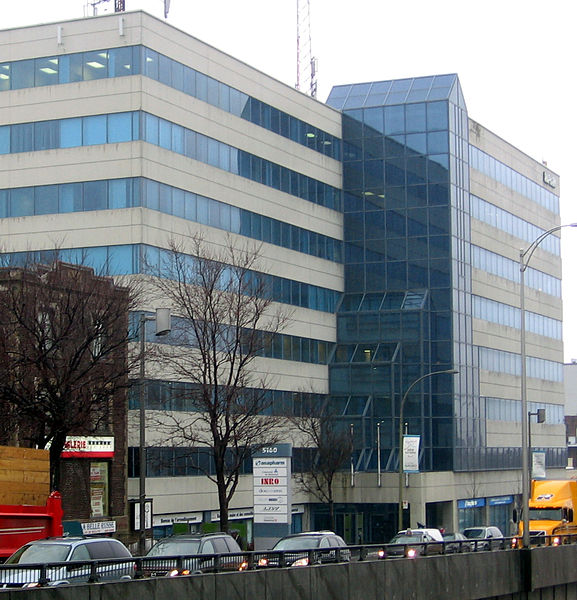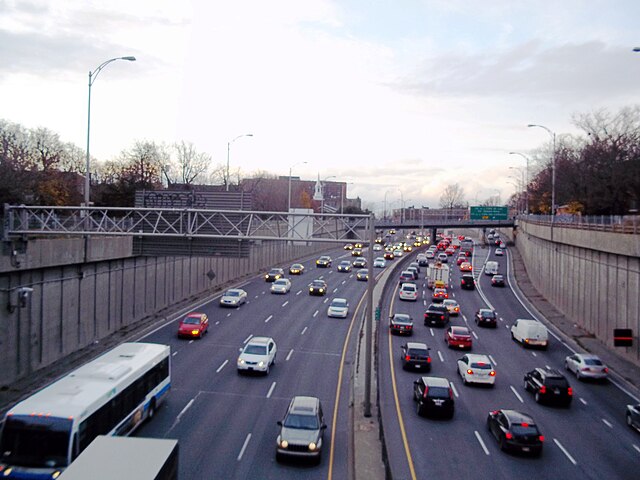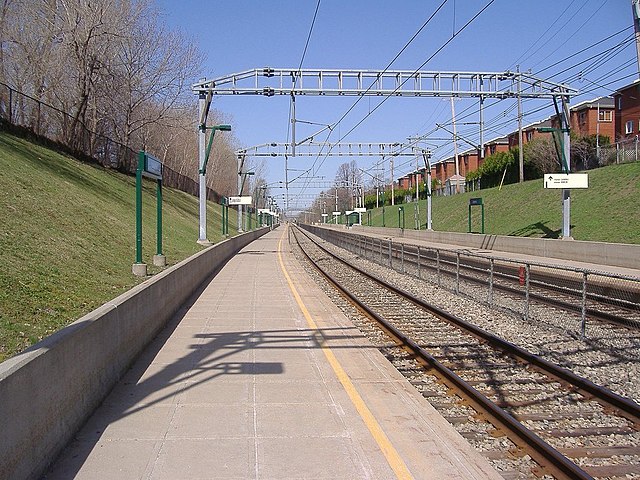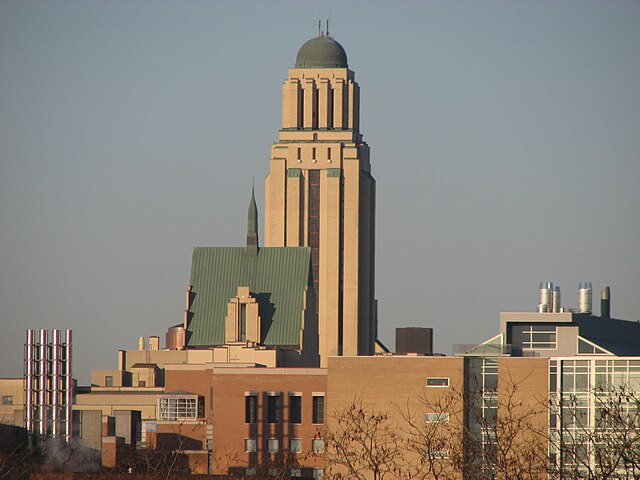Notre-Dame-de-Grâce, commonly known as NDG, is a residential neighbourhood of Montreal in the city's West End, with a population of 166,520 (2016). An independent municipality until annexed by the City of Montreal in 1910, NDG is today one half of the borough of Côte-des-Neiges–Notre-Dame-de-Grâce. It comprises two wards, Loyola to the west and Notre-Dame-de-Grâce to the east. NDG is bordered by four independent enclaves; its eastern border is shared with the City of Westmount, Quebec, to the north and west it is bordered by the cities of Montreal West, Hampstead and Côte-Saint-Luc. NDG plays a pivotal role in serving as the commercial and cultural hub for Montreal's predominantly English-speaking West End, with Sherbrooke Street West running the length of the community as the main commercial artery. The community is roughly bounded by Claremont Avenue to the east, Côte-Saint-Luc Road to the north, Brock Avenue in the west, and Highway 20 and the Saint-Jacques Escarpment to the south.

Notre-Dame-de-Grâce Library
The Church of Notre-Dame-de-Grâce
Notre-Dame-de-Grâce in 1948
Shops along Sherbrooke Street West in Notre-Dame-de-Grâce.
Côte-des-Neiges–Notre-Dame-de-Grâce
Côte-des-Neiges–Notre-Dame-de-Grâce is a borough (arrondissement) of Montreal, Quebec, Canada. The borough was created following the 2002 municipal reorganization of Montreal. It comprises two main neighbourhoods, Côte-des-Neiges and Notre-Dame-de-Grâce, both former towns that were annexed by the city of Montreal in 1910.
Borough Hall, adjacent to the Décarie Expressway.
The Décarie Expressway, which cuts through the borough, opened in 1966.
The Canora station on the RTM's Deux-Montagnes line.
The Roger-Gaudry pavilion of the Université de Montréal.








